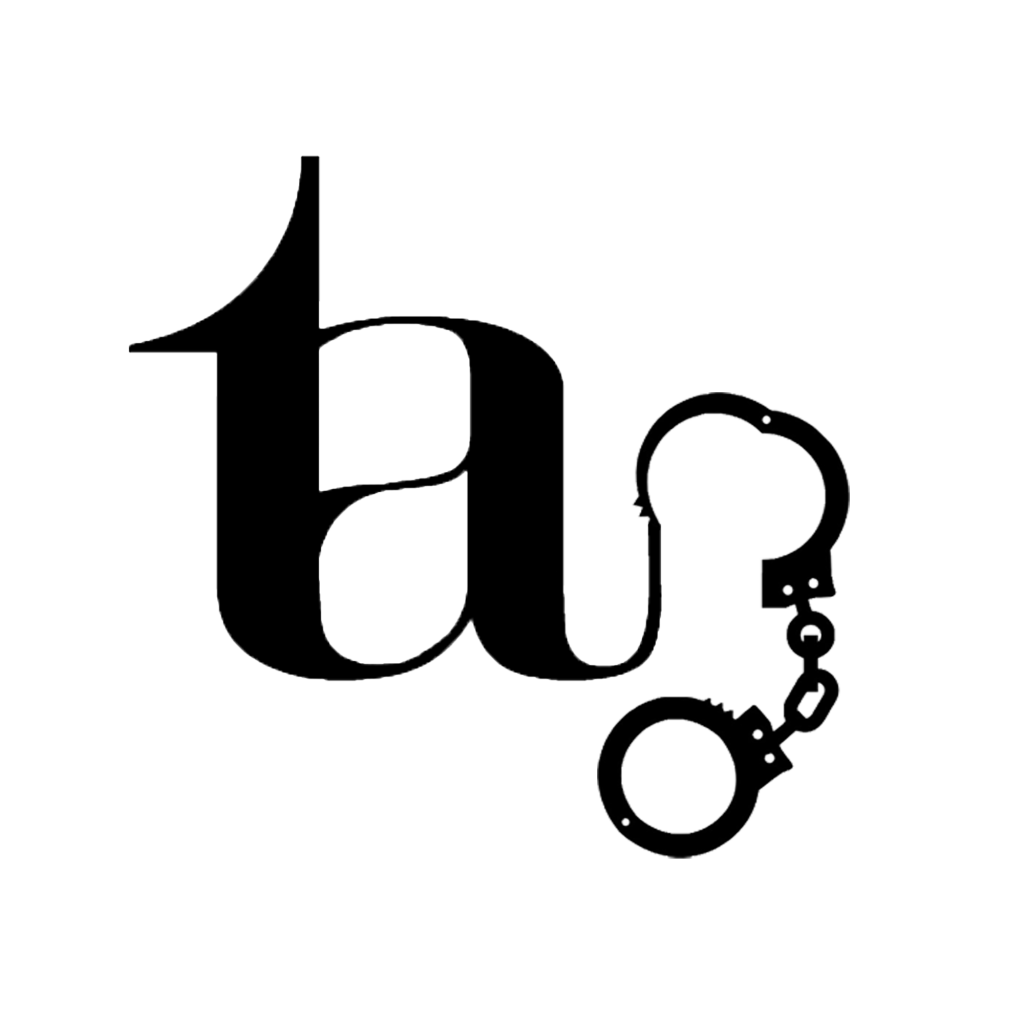Subversive Photographs: Thoughts on Barthes
The photograph is subversive when it thinks. When it doesn’t think, it’s just a thing. But when it thinks, the photograph ceases to be just a thing. It plays a role. It arouses feelings in the viewer, thereby, turning the viewer into an inter-actor, or an interpreter, and the photograph somehow becomes an informant unto oneself, where we become informed about ourselves, and what touches us.
For Roland Barthes, feelings are aroused by the co-presence of two elements within a photograph: the studium and the punctum.
The first element – the studium – is an extent, the extension of a field, a consequence of one’s knowledge, one’s culture; the “rational intermediary of an ethical and political culture” (Barthes, p. 26)
“The studium is that very wide field of unconcerned desire, of various interest, of inconsequential taste: I like/I don’t like. The studium is of the order of liking, not of loving; it mobilizes a half desire, a demi-volition; it is the same sort of vague, slippery, irresponsible interest one takes in the people, the entertainments, the books, the clothes one finds ‘all right’.” (Barthes, p. 27)
The studium as application to a thing, referring to a body of information, is an average, almost trained, affect.
The second element – the punctum – is the mark that breaks (or punctuates) the studium. And this is where things get interesting. The punctum, by chance occurrence, “rises from the scene…pierces” and wounds the spectator. (Barthes, p. 26) The punctum is that remarkable detail that disturbs the studium. The punctum is also a sting, a speck, a cut, a little hole, a cast of the dice, poignantly revealing what was well hidden, the unconscious, or “rarity of the referent.” (Barthes, p.32)
Indifference is disturbed. The detail disturbs the rational intermediary within a field of unconcerned desire by adding the dynamic presence of a blind field. It points to many points, goes outside the frame, causes pensiveness. The punctum is the partial object that attracts me, the detail that interrupts my reading.
“The effect is certain but unlocatable, it does not find its sign, its name; it is sharp and yet lands in a vague zone of myself; it is acute yet muffled, it cries out in silence. Odd contradiction: a floating flash.” (Barthes, p. 53)
The detail is a detonator. The detail detonates within a framework of civility and docility (cultural subjectivity). Although the punctum is the partial object, whereas the referent is the desired object, the beloved body, it is the punctum that surprises and this surprise is both a principle of defiance and acme of value. The punctum arouses the cultural subject, by disturbing impartiality, becoming partial. Details prick the viewer, point to many points. And the partial object, the inevitable supplement, provokes a tiny shock.
In Camera Lucidia, Roland Barthes, in a sense, seeks to rediscover Benjamin’s aura in the photograph – by examining that which does not lose authenticity through reproducibility, but bears, on the contrary, a magical quality (in that it stops time, and by stopping time, the photograph in essence breaks from time, constituting a new time, a time of its own, a time of the photograph).
This unique power of authentication is the paranormal phenomena of the punctum within a studium.
2
The photograph is not a copy of reality. The photograph is “a magic, not an art…[I]t possesses an evidential force, and that testimony bears not on the object but on time.” (Barthes, p. 88)
But magic is a dangerous art, a sleight-handed art – a ritual in itself, an intercession. The dangers of the photograph are its violent nature. The photograph is beyond good and evil.
There could have been an attempt to climb the clock tower, as did the Futurists in 1918, in order to stop time altogether, to begin again, at year zero. As Barthes notes, the age of the photograph was also the age of revolution. Does the photograph corroborate with another time? The photograph cuts time by reducing it to an instant, and endowing this instant with a world of wonder, an after-life fitted within an in-between time. A time stopped that goes on. The illogical stand-still of non-stop time, the photograph, defies while it defines time. Time in a nutshell, time in a click. But time captured is time lost. Time, in effect, ceases on a shot. “Time immobilized assumes…an enigmatic point of inactuality, a strange stasis, the stasis of an arrest…a time arrested in the past.” (Barthes, p. 91) Time that does not escape, that does not transform; time that is flat Death.
“For Death must be somewhere in a society; if it is no longer (or less intensely) in religion, it must be elsewhere; perhaps in this image which produces Death while trying to preserve life. Contemporary with the withdrawal of rites, Photography may correspond to the intrusion, in our modern society, of an asymbolic Death, outside of religion, outside of ritual, a kind of abrupt dive into literal Death.” (Barthes, p. 92)
Time assumes Death. The photograph assumes death. The instance of reality is already dead. What is photographed is already dead. “Photography is a kind of primitive theater, a kind of Tableau Vivant, a figuration of the motionless and made-up face beneath which we see the dead.” (Barthes, p. 32) The photograph becomes theatre – but dead theatre, “the dead theater of Death, the foreclosure of the Tragic, excludes all purification, all catharsis.” (Barthes, p. 90)
The dead theater of the photograph embodies this co-presence. What is seen in the photograph attests to its existence. It is not a memory, but blocks memory, becomes a counter-memory. It is not the imagination, it is not a reconstitution “but reality in a past state: at once the past and the real.” (Barthes, p. 82) and yet “neither image nor reality, a new being, really: a reality one can no longer touch.” (Barthes, p. 87)
The absence-as-presence constitutes the lure. (Barthes siting Blanchot, p. 106) The absence-as-presence, or presence of absence, constitutes the ritualistic element of occult/clandestine methodology. Theater connotes clandestine activity, behind the scenes of smoke-screens and iron curtains; the forming of an appearance is a presence-absence; the crew, the functions of lighting, sound, and movement, the technology of backstage, is an entity with an objective, an aesthetic prerogative.



